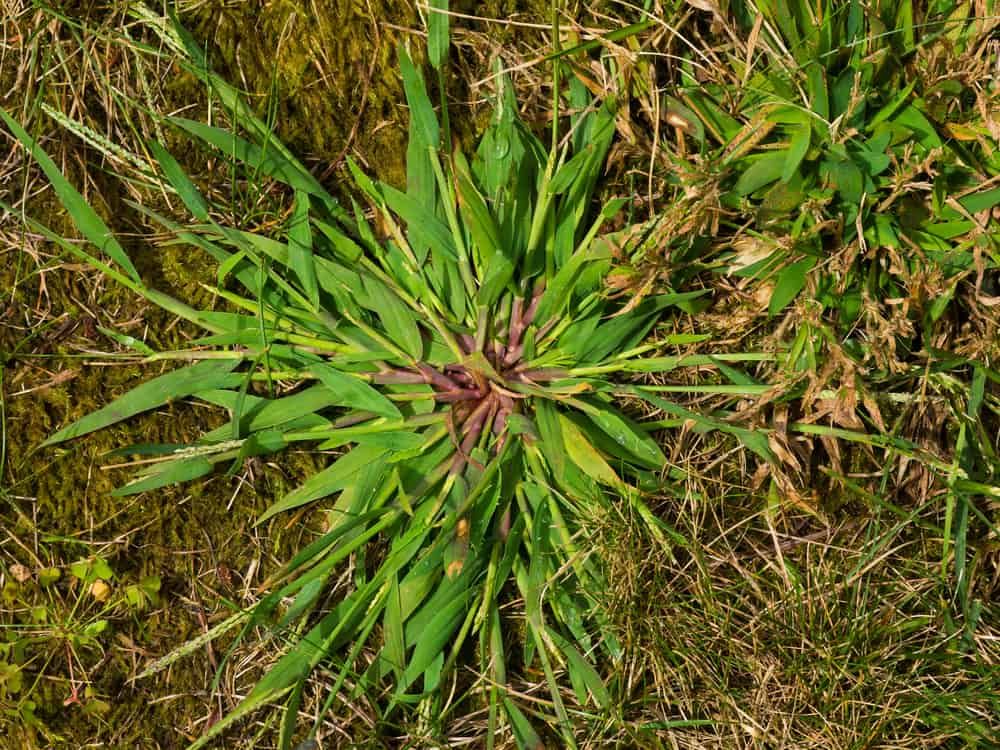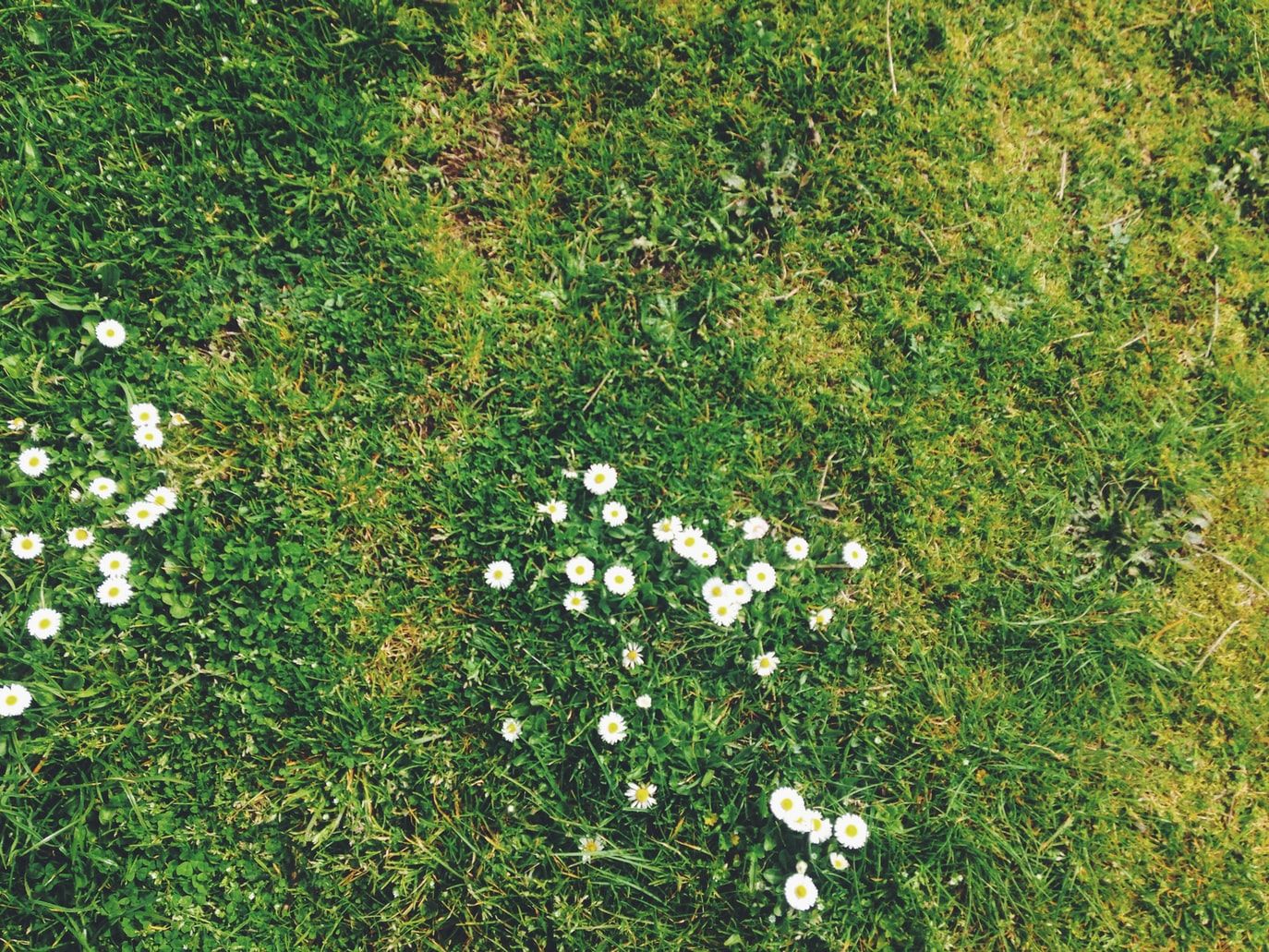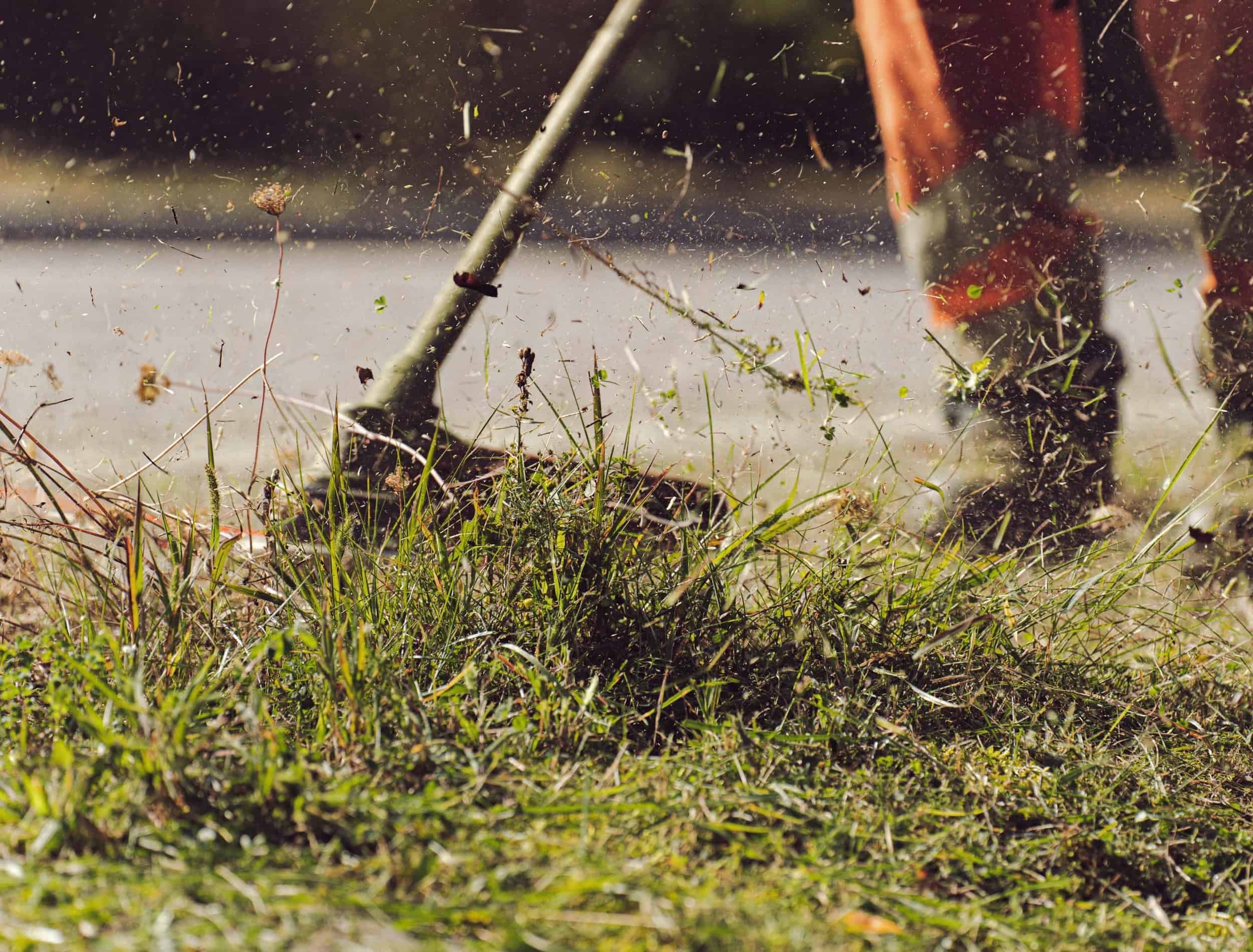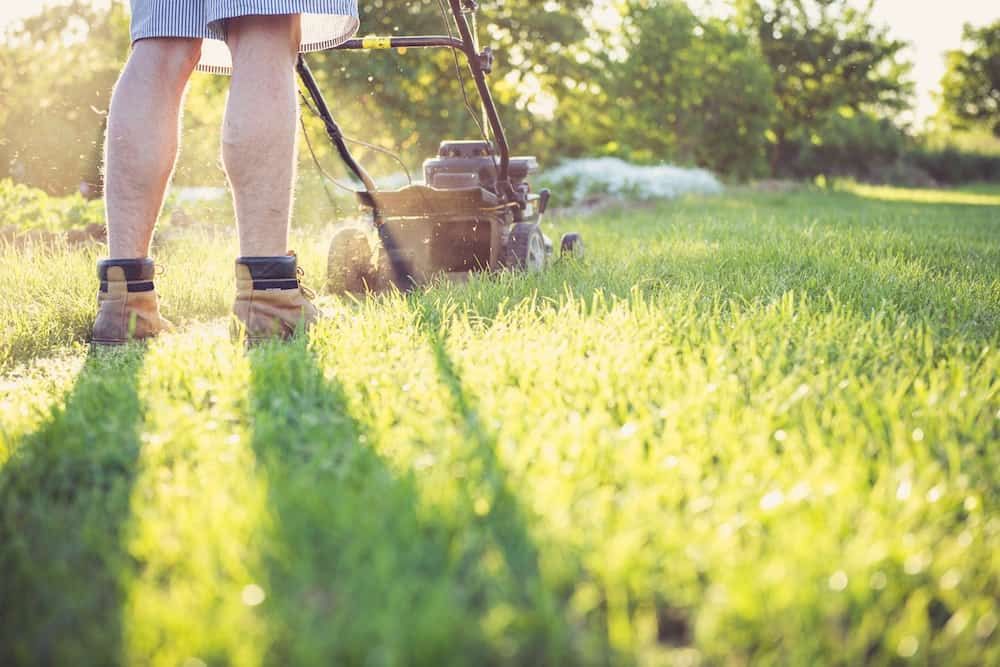If you're like most homeowners, then you probably take great pride in keeping your lawn looking its best. After all, lawn care is important. One way to achieve this is by cutting the grass on a regular basis. But did you know that there can be consequences to cutting your grass too short? Here are some of the potential risks associated with doing so. Read on to learn more!
Weeds
Image credits: Christian Delbert via Shutterstock
If you cut your grass too short, you may end up with more weeds. Weeds, such as ragweed, can compete with your grass for water, sunlight, and nutrients. The sad part is, they often win.
When you mow the grass too short, you're giving weeds the perfect environment to thrive. With shorter grass blades to tussle with, weeds can get the proper sunlight needed to grow.
Additionally, most weeds have an extensive root system, so they can better access water and nutrients deep in the soil. The leaves of weeds are very wide so they can intercept more sunlight from the grass below their canopies.
Weeds can also make your lawn look patchy and unkempt. If you have a lot of weeds, it will be difficult to achieve a manicured look.
Pests
Image credits: Dantesattic via Canva
If you thought that mowing your lawn was just a mindless chore, think again! It turns out that there are some serious consequences to cutting your grass too short. Not only does it deter good pollinators like bees and butterflies, but it also invites pests such as grubs.
When you cut your grass too short, you’re essentially creating a desert-like environment. This is because the shorter blades of grass don’t provide the same habitat that longer grass does for our pollinators. These insects are vital to the health of our ecosystem, and they need places to rest and feed on nectar.
Some lawn pests, like grubs, feed easier in short grass! By keeping your grass trimmed too low you could be making your yard a breeding ground for these unwanted visitors. Even better, grasses that are trimmed at a higher level create vegetation with longer root systems, making them harder to remove. Longer grass is able to endure more root thinning damages.
Not only are these pests a nuisance, but they can also carry diseases that may be harmful to humans and pets. Keeping your lawn mowed to a height of 2 to 3 inches is ideal in preventing subsoil infestation that can ultimately hurt your lawn.
Moss
Image credits: Eric Lagergren via Unsplash
Moss might be pretty to look at, but it's not something you want growing on your lawn. If you cut your grass too short, you could end up with a mossy mess.
Cutting your grass too short creates the perfect environment for moss to grow; Decreasing your mowing height will decrease turf grass rooting depth, which makes it a thriving area for moss. It can choke out your grass, preventing it from getting the sunlight and nutrients it needs to grow. Not to mention a mossy lawn is also more difficult to mow.
Once a year, you can scarify your lawn to remove the moss. To do this, your grass must be mowed and dry. Ideally, this should be done in the spring and fall.
Left unchecked, moss can take over your entire lawn. If you want to keep your grass healthy and green, make sure you're not cutting it too short. Additionally, ensure your lawn is not in a shady area and has ample drainage to help moss stay away.
A little bit of height goes a long way in preventing moss from taking over.
Utilization of More Resources
Image credits: Maksud_kr via Canva
A well-manicured lawn can make a property look more polished and inviting. However, there is a downside to having a close-mowed lawn, they need more frequent feeding and watering. This can lead to an overuse of resources, and in some areas, water shortages.
While a beautiful lawn may be worth the extra effort, it’s important to be mindful of the impact that frequent watering can have on the environment. In areas with water restrictions, it’s even more important to take steps to reduce your water usage. And, conserving water doesn't have to be difficult or time-consuming.
You can simply install a sprinkler system with an automatic shut-off feature to avoid overwatering. Alternatively, you can collect rainwater that can be used for watering your lawn later.
Just make sure to water early in the morning or late in the evening. Avoid this task during the hottest part of the day, as evaporation will be high and much of the water will be lost before it even reaches your lawn.
Scalping
Image credits: Pascal Küffer via Pexels
Scalping is the term for when a lawn is mowed too low, resulting in a bare patch of ground. This usually happens when the lawnmower is set too low. As a general rule, set your lawnmower to a height of 2 to 3 inches.
Scalping leaves the grass vulnerable to disease and pests and can even kill the grass completely if it's done often enough. In order to avoid scalping, make sure to set your lawnmower to the right setting for the lawn you have.
How Tall Should You Mow Your Lawn
Image credits: Alexas_Fotos via Pexels
If you're wondering how tall you should mow your lawn, you're not alone. It's a common question with no easy answer. The truth is, there is no one-size-fits-all answer to this question. The best way to determine how tall to mow your lawn is to consider the following factors:
- The type of grass you have
- The climate you live in
- Your personal preferences
- The amount of time you're willing to spend mowing
Let's take a closer look at each of these factors:
The type of grass you have: Different types of grasses have different ideal mowing heights. For example, Bermuda grass should be mowed to a height of 1 to 3 inches, while Kentucky bluegrass should be mowed to a height of 2 to 3.5 inches.
The climate you live in: The climate you live in can also dictate how tall you should mow your lawn. In general, cooler climates are better for taller grass, such as cordgrass, while hotter climates are better for shorter grass like buffalo grass.
Your personal preferences: Ultimately, the decision of how tall to mow your lawn is up to you. Some people prefer a shorter lawn for aesthetic reasons, while others find that a taller lawn is easier to care for.
The amount of time you're willing to spend mowing: If you're short on time, you may want to opt for a shorter lawn so that you don't have to spend as much time mowing. Conversely, if you have more time to spare, you may prefer a taller lawn.
As you can see, there are a lot of factors to consider when deciding how tall to mow your lawn. The best way to figure out what's right for you is to experiment and see what works best for your particular situation.
Ready, Set, Mow!
It's no secret that a well-manicured lawn is the key to having a beautiful yard. But what many people don't realize is that close mowing of lawns can actually be detrimental to the health of your grass.
Cutting your grass too short makes the grass more susceptible to disease and pests. Additionally, short grass doesn't have enough leaf area to shade out weed seeds, so you're more likely to see weeds popping up on a closely mowed lawn.
As you can see, there are plenty of good reasons to avoid cutting your grass too short. So, next time you mow the lawn, make sure you leave the grass at a healthy height. Your lawn will thank you for it! Do you have any tips or tricks for mowing your law? Leave a comment down below!







